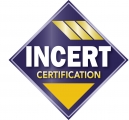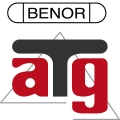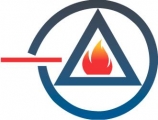Prevention is a daily practice
Smoke kills! Especially when a fire breaks out at night.
Folow the 3-step guide:
- Choose a good quality smoke alarm,
- Install it according to the manufacturer’s instructions,
- Test it regularly.
BOSEC: a gauge of quality
Always choose a BOSEC-certified optical smoke detector, as this is a quality guarantee.
List of BOSEC smoke alarms Link to BOSEC certification lists
Useful tips:
All dwellings (single-family houses, apartments, etc.) will be safer if you install one or more smoke alarms. It doesn’t matter whether you’re a tenant or a landlord, or if the building is also used for other purposes.
Install a smoke alarm in each room.
In the bathroom, kitchen and garage, the risk of false alarms are too high, so it’s best to place smoke alarms in the adjacent rooms.
Install the smoke alarms in accordance with the manufacturer’s instructions.
Generally speaking, they should be positioned on the ceiling, at least 30 cm away from any corner.
Test your smoke alarms once a month by pressing the test button.
Check the type of battery, as some smoke alarms come with a battery that lasts for 1 year, while others have batteries that last as long as 5 or 10 years.
Never remove the battery from the detector.
Dust your smoke alarms regularly.
Replace your smoke alarms every 10 years.
Legal requirements
What to do with your old smoke alarms
Optical and ionic smoke and/or heat detectors can be disposed of free of charge at recycling centres. They should be deposited in the black metal recycling bins reserved for this purpose.
A specialised treatment centre will then take care of the correct and safe procedure of recycling the optical and ionic detectors, thereby guaranteeing that the low quantities of radioactive waste do not contaminate other waste and are transferred to the national agency for radioactive waste (ONDRAF) without any risk of contamination.






